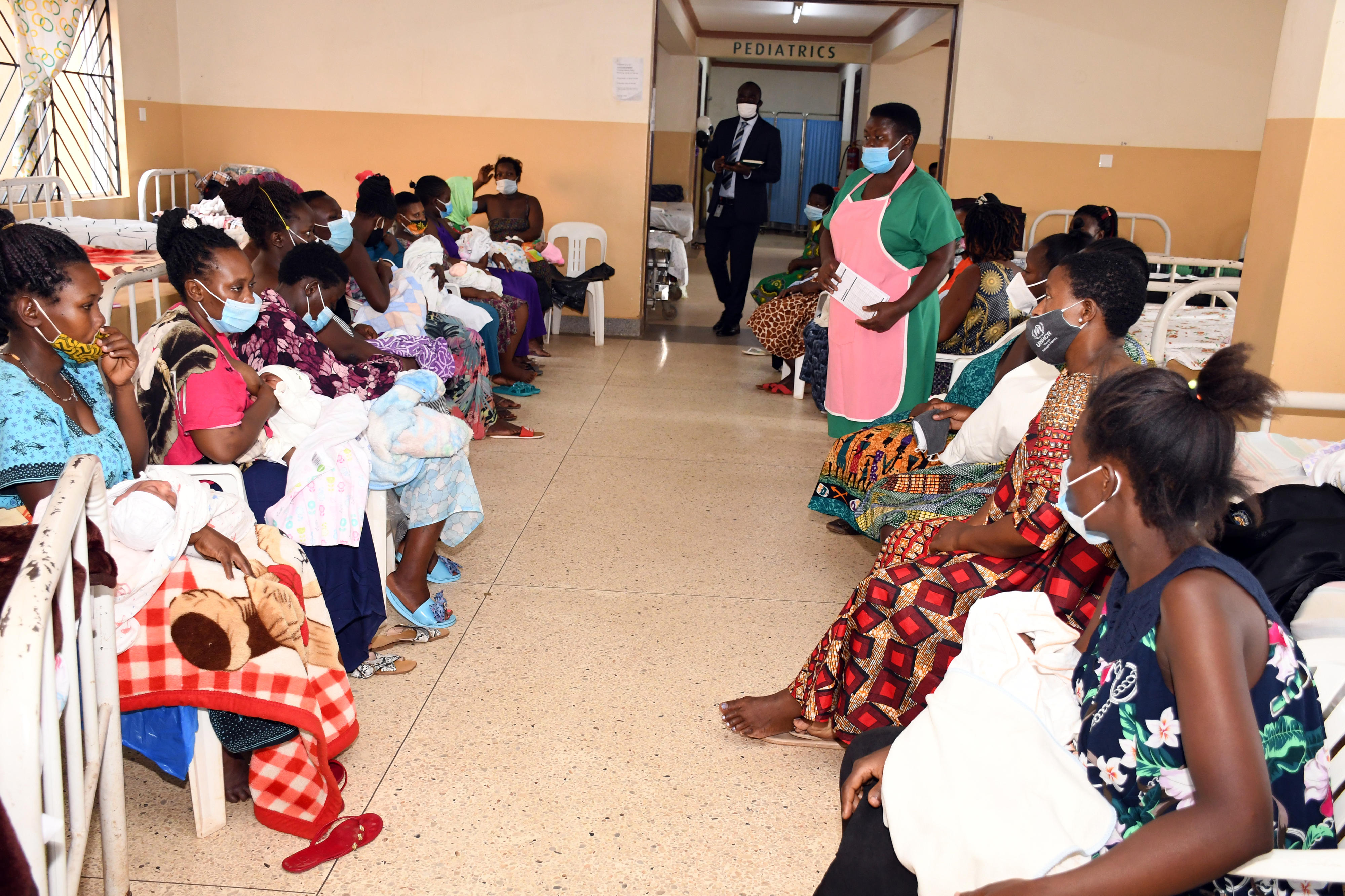Prime
Know your hood: Bweyogerere

An aerial view of Bweyogerere. Internet Photo.
Bweyogerere, is a busy and fast growing Kampala suburb along the Kampala-Jinja Highway, approximately 13 kilometres east of Kampala city. It is located on a major communication route (the road that links Kampala with Eastern Uganda and Kenya) and is a 30-45 minutes’ drive to the city making it attractive as a prime residential area for the working class population. It is sorrounded by Kireka, Seeta and Kirinya.
Origins
According to 70-year- old Catechist Lawrence Ssozi, Bweyogerere was a phrase coined from the kiganda word “okwogera” which means to talk. It is said that in 1890’s, when the British invaded Buganda, Kabaka Mutesa visited Omukama Kabalega of Bunyoro seeking his support to fight the invaders. On his way back to his palace in Banda, he passed through Kiira town (current Bweyogerere)
However he was so tired that he could not speak and decided to rest under a Muvule tree which was considered to be sacred. After his rest, he regained his speaking faculties thus people around him named the place Bweyogerere since the Muvule tree was in the same place.
Bweyogerere’s most famous landmarks
Namboole stadium
Mandela National Stadium often referred to as Namboole Stadium is a multi-purpose stadium in. It is currently used for football matches, although other sports are also practiced. The stadium has a capacity of 45,202 people. The stadium was built with a grant of $36m from the People’s Republic of China and opened in 1997. Originally it was called Namboole Stadium, getting its name from the name of the hill on which it was built. It is now officially called Nelson Mandela Stadium though locals still call it Namboole. It was opened in 1997 with a concert by Lucky Dube, a deceased reggae artiste from South Africa. The stadium is home to the Ugandan national side, the Cranes.
The Northern By pass
Kampala Northern Bypass Highway, often referred to simply as the Northern Bypass, is a road forming a semicircle across the northern suburbs of Kampala. The road was constructed to relieve traffic congestion within the city centre, allowing cross-country traffic to bypass the city’s downtown area.
Living
Bweyogerere is a melting pot, a home to very many different kinds of people from different tribes around Uganda although the majority are the Baganda.
Bweyogerere residents have access to a central market, a series of shops and supermarkets, small scale industries, a mushroom of hotels and restaurants offer an excellent opportunity for a transient population influx.
There is a planned industrial park in the neighborhood of the village that seems to be an attractor for rapid population settlements in search of employment . Piped water supply is accessible in most parts of the township providing an opportunity for continuous recharge of groundwater aquifers due to waste water.
Security
Many people will tell you that most parts of Bweyogerere are very insecure because it has a lot of dark alleys and bushes.
Besides that, there has been insecurity for some time due to intensive iron-bar hit-men who have killed more than 8 people both women and men in the last 5 years according to the Defense secretary LC 1 Kakajjo Zone, Mr. Bernard Ssenoga, but due to the long term consistent out-cry of the terrified residents around, the Police have tried to beef up security and occasionaly round up suspected criminals.
Land, rent and accommodation
Renting a single room costs between Shshs80,000 to Shs100,000, a 2 roomed house costs roughly shs150,000, then a self-contained double room may cost shs250,000-shs400,000. Depending on where it is, land in Bweyogerere costs between Shs20m to Shs400m.
Issues of concern in Bweyogerere
The low income class seem to have no option but to move into low lying areas, in non self-contained (either single or often two roomed) housing units and share essential needs (either yard taps, pit latrines or communal waste dumps). As the majority of the low income group can not afford to pay for water, they rely on local wells (springs) either protected or unprotected for their water needs. With the growing urbanization trend in the area, most of these water supplies are getting contaminated with waste flow from bathrooms and toilets constructed in the neighborhoods or waste dumps in close proximity.
Unaware of this phenomenon, the low income communities are continuously exposed to and suffer water borne diseases.
The management of solid waste is another issue of concern in this community. The majority of the inhabitants are migrants, often from rural areas, seeking for employment in Kampala city.
The characteristics of waste generated and the corresponding management practices in the rural areas (usually the waste is thrown into the gardens) is totally different from the one they encounter in Bweyogerere where a significant proportion of the waste consists of non-biodegradable (plastics, bottles and sharps) and the biodegradable kitchen waste.




